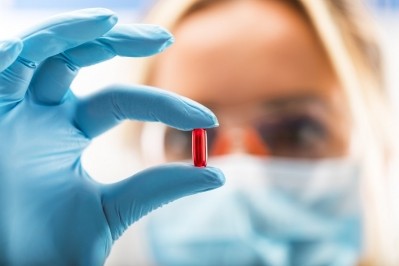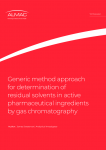Novo Nordisk’s $40m wastewater plant to be ‘economic driver’ for US state

The $40m (€35.8m) wastewater pre-treatment facility was developed through a partnership between North Carolina’s General Assembly, the Golden Leaf Foundation, and Novo Nordisk.
The public-private partnership saw Novo Nordisk pay approximately $30m to develop the facility, while the state provided more than $10m towards its development.
With the facility now completed, Novo Nordisk has donated it to the Clayton Town Council, allowing the town to offer the additional capacity at the plant to potential biopharma companies looking to operate in the area.
In a statement, the council of Clayton said, “The treatment plant was built to be an economic driver for the entire region, and its modular design will allow tremendous flexibility and expansion capacity for current and future biopharma partners who will be able to plug into the facility as well.”
The plant took four years to construct and is built on an eight-acre site. The facility is able to treat approximately 450,000 gallons of industrial wastewater per day, with further room for expansion.
The treatment center will be able to remove chemicals, such as nitrogen and phosphorus, from water, which could be harmful to aquatic ecosystems.
The wastewater treatment facility was needed due to Novo Nordisk’s expansion in the town; in 2015, the company announced that it would spend $2bn expanding two facilities across its diabetes portfolio.
In fact, the bulk of this spend was earmarked for its Clayton site, with $1.8bn being used to create an 833,000-square-foot active pharmaceutical ingredient (API) facility for the manufacture of semaglutide, a GLP-1 analogue formulated as a once-daily treatment for type 2 diabetes.
This newly developed site is not yet operational, though it was scheduled to be completed this year; however, the wastewater site will be made immediately available to Novo Nordisk’s new facility.


















